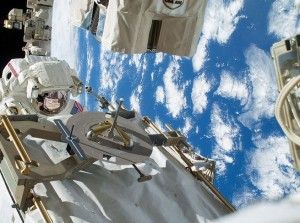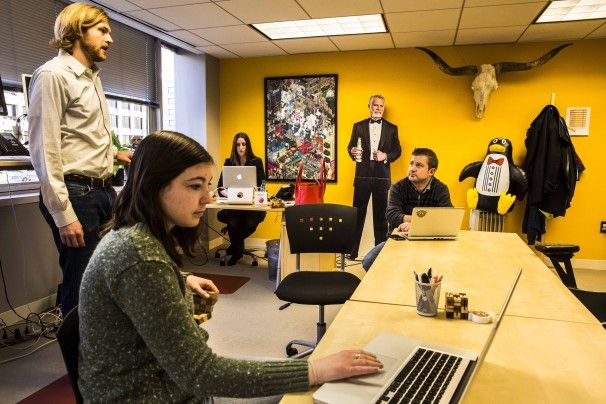Dec 30, 2013
Overmanagement
Posted by Andres Agostini in categories: automation, big data, biotech/medical, bitcoin, business, complex systems, cosmology, defense, economics, education, energy, engineering, ethics, existential risks, futurism, geopolitics, government, information science, life extension, nanotechnology, neuroscience, physics, robotics/AI, science, scientific freedom, security, singularity, transparency
Overmanagement by Mr. Andres Agostini

This is an excerpt from the conclusion section o, “…Overmanagement…,” that discusses some management strategies. To read the entire piece, just click the link at the end of article:
BEGINNING OF EXCERPT.
Question: What other contemporary issues particularly concern you? Do you find signs of
hope or resistance around these issues that, perhaps, you finding heartening?

 , thinks he is making history. On Saturday, his restaurant Kolonial announced that its patrons can pay in bitcoins instead of rupees, thus laying claim to the title of being India’s first eatery to accept the new-age currency. “Right now, people are a bit sceptical about bitcoins, but it’s going to become big. I am testing the waters,” said Thadani, 30, who is a bitcoin owner and a host to several bitcoin meetups at Kolonial.
, thinks he is making history. On Saturday, his restaurant Kolonial announced that its patrons can pay in bitcoins instead of rupees, thus laying claim to the title of being India’s first eatery to accept the new-age currency. “Right now, people are a bit sceptical about bitcoins, but it’s going to become big. I am testing the waters,” said Thadani, 30, who is a bitcoin owner and a host to several bitcoin meetups at Kolonial. easily as pushing a button on theoffice copy machine, saving months of development time and millions of dollars,” so starts a media statement Emirates 24|7 just received from Ford.
easily as pushing a button on theoffice copy machine, saving months of development time and millions of dollars,” so starts a media statement Emirates 24|7 just received from Ford.








